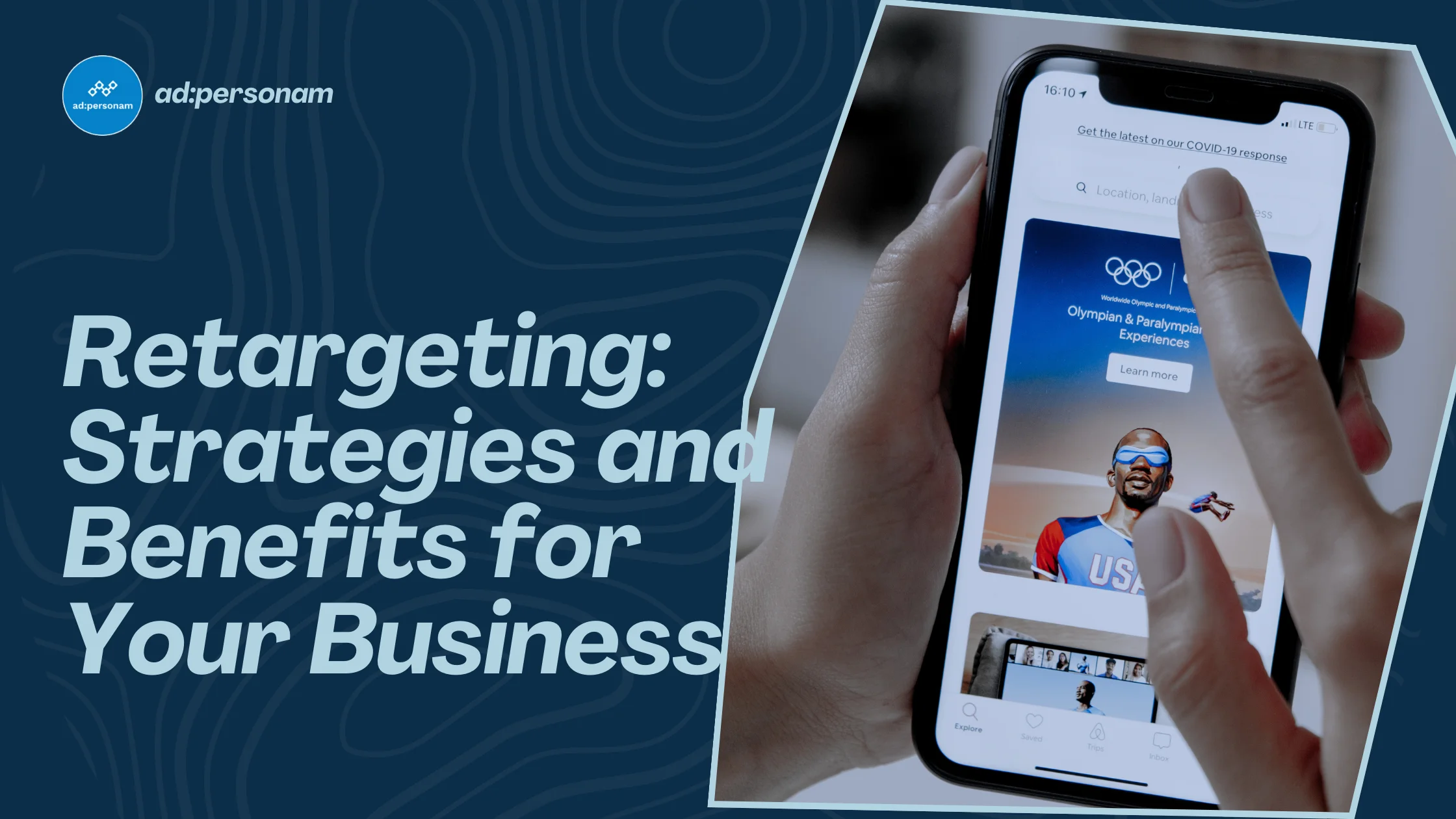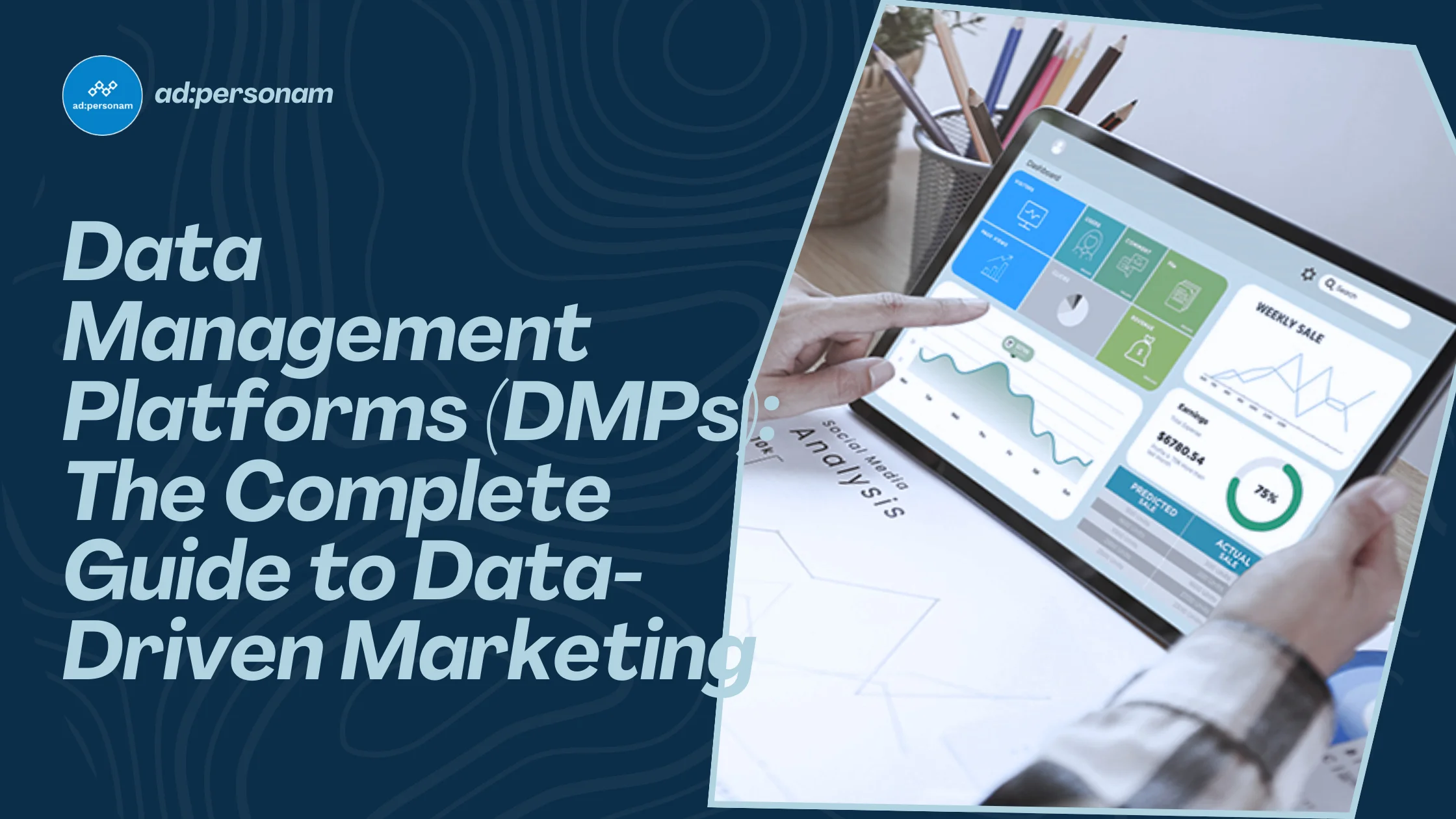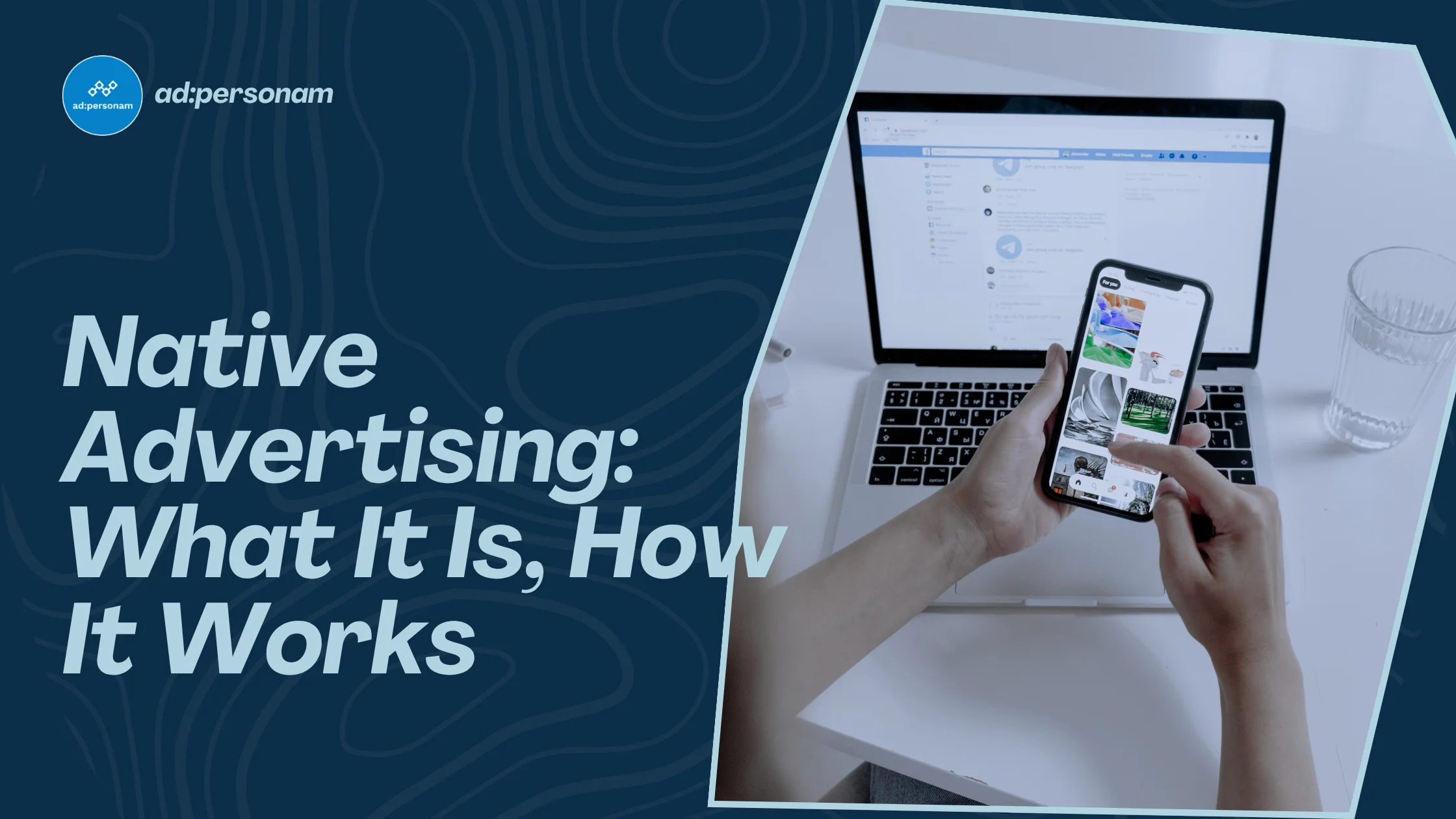Retargeting: Strategies and Benefits for Your Business
Discover how retargeting campaigns work and what benefits they can bring to your online advertising campaigns.
Contents
- What is retargeting
- How retargeting works
- Types of retargeting
- Practical examples of retargeting campaigns
- Benefits of retargeting for companies
- Strategies and best practices for effective campaigns
- Common mistakes to avoid in retargeting
- Legal aspects and privacy in retargeting
- Tools and platforms for retargeting
- FAQ about retargeting

In the digital marketing landscape, one of the main challenges for companies is managing to capture the attention of already interested users who, for various reasons, have not yet completed a purchase or desired action. This is where retargeting comes into play: an advertising technique increasingly used by e-commerce, agencies and marketing professionals.
In this article we'll see what retargeting is, how it works, which strategies to adopt and why it can make the difference for your business.
What is retargeting
Retargeting is a form of online advertising that, thanks to some tracking tools, allows you to show personalized ads to users who have already visited a website or used an app, without however completing an action like a purchase or registration.
This strategy is mainly used on platforms like Google Ads, Meta Ads (Facebook and Instagram), LinkedIn and in programmatic advertising. With the support of cookies and pixels, therefore, users are tracked during their navigation and, at a later time, reached with relevant display ads.
Difference between retargeting and remarketing
Retargeting and remarketing are not exactly the same thing. Although similar, the first mainly focuses on display ads, using advertising platforms to reach the user again. The second, instead, can also include direct actions, such as sending personalized emails to those who have abandoned a cart or haven't completed a registration.
How retargeting works
Retargeting marketing is based on a precise process. When a user visits a website, a cookie is installed in their browser or registered via a tracking pixel. This small file contains information about the user's behavior: which pages they visited, which products they saw, how long they stayed on the site. Later, this information is used to create targeted advertising ads. The user, browsing other sites or social media, will see banners or videos that promote precisely the product or service they had previously interacted with. The objective is to bring them back to the site to complete the action, thus increasing the conversion rate.
Types of retargeting
Not all retargeting ads are the same. There are indeed different types, each with specific characteristics.
-
Static retargeting is the simplest: all users who have performed a certain action, like visiting a page, receive the same ad, regardless of the content viewed;
-
Dynamic retargeting instead is much more sophisticated: ads are personalized based on user behavior. For example, if you viewed a pair of black shoes and a red bag on an e-commerce site, the ads will show you precisely those products, with updated images and prices;
-
Behavioral retargeting, much more advanced and based on specific actions, like time spent on a page;
-
CRM retargeting, which uses contact databases to send personalized emails;
-
Cross-device retargeting, which allows you to follow the user from desktop to mobile
Practical examples of retargeting campaigns
To understand the real impact of these strategies, let's look at some concrete examples. A clothing e-commerce can use Google Ads and Meta Ads to recover users who have abandoned their cart or to optimize sales. This is the case of Gattinoni, which through ADV campaigns on Google and Meta, with static and dynamic banners, in just 9 months increased purchase value by over 70%.
In the B2B sector, we can cite the case of SpecialGomme, an Italian tire industry company, which conducted a remarketing and retargeting campaign with Google ADS. Using search and display campaigns, the company increased its website conversion rate by 115% in one year.
Tourism also leverages retargeting extensively. A concrete example is that of an Italian tour operator who used Facebook Ads campaigns to promote food tours aimed at American tourists in Italy. If the initial advertising strategy aimed to collect visitors on the page, the targeted retargeting campaign instead offered a 10% discount for bookings by midnight. In a short time, the site conversion rate and ROI grew increasingly.
Benefits of retargeting for companies
Using retargeting advertising brings numerous benefits: it allows you to increase return on investment (ROI), concentrating resources on an already interested audience and therefore more inclined to conversion. Another concrete advantage is reducing cart abandonment, one of the main criticalities for e-commerce. Retargeting also strengthens brand recall, that is, users' ability to remember a brand thanks to ad repetition over time. Compared to other forms of acquisition, display retargeting has generally lower costs, precisely because it works on already profiled and interested segments.
Therefore, if you want to try all the advantages of this advertising strategy, the ad:personam platform offers advanced tools for programmatic retargeting, with automatic segmentations and cutting-edge tracking systems. Learn more about our retargeting solutions.
Strategies and best practices for effective campaigns
To obtain concrete results, it's important to set up an accurate strategy. Ads must be as targeted and relevant as possible to the user's previous actions. Pay attention to frequency: bombarding users with the same ad risks generating annoyance instead of conversions. Better to set a moderate frequency and test different creatives through A/B testing. Finally, continuous data analysis is essential to understand what works best and modify the campaign accordingly, both in terms of formats and messages.
Common mistakes to avoid in retargeting
Among the most common mistakes we find precisely overly aggressive retargeting, with ads repeated infinitely. It's also counterproductive to use generic and non-personalized messages. Another mistake is forgetting to exclude already converted users: if they've already purchased, it makes no sense to continue proposing the same product. It's finally fundamental to consider the customer's purchase cycle and not neglect mobile, since most interactions today happen from smartphones.
Legal aspects and privacy in retargeting
The privacy theme is central when talking about retargeting marketing. According to GDPR, it's mandatory to request explicit user consent for cookie use and tracking through informational banners.
The cookie policy must transparently explain what data is collected, for what purposes and for how long. Using data correctly also contributes to building a trust relationship with customers.
Tools and platforms for retargeting
Main platforms include Google Ads, Meta Ads (Facebook/Instagram), LinkedIn for B2B and programmatic advertising tools. Each platform has advantages and disadvantages: Google is very versatile, Meta is ideal for e-commerce and brand awareness, LinkedIn is perfect for the professional sector. In the programmatic advertising landscape, ad:personam offers a complete solution for your advertising: a DSP that allows you to manage retargeting campaigns with advanced segmentations and artificial intelligence to optimize results.
FAQ about retargeting
What is meant by retargeting?
Retargeting is a digital advertising strategy that allows you to show personalized advertising ads to users who have already interacted with a website or app, without having completed a conversion.
What's the difference between retargeting and remarketing?
Retargeting is based on display ads using cookies or user IDs. Remarketing can also include email marketing or other direct actions.
What's the main objective of a retargeting campaign?
Reconvert already interested users, bringing them back to the site to complete an action, thus increasing conversion rate and ROI.
In conclusion, if you want to try setting up an effective retargeting campaign for your business, without minimum spending requirements, sign up now for ad:personam's DSP!
You might also like

Data Management Platforms: The Complete Guide to Smarter Marketing with Data
Discover how Data Management Platforms (DMPs) transform raw data into audience insights for smarter marketing. Learn how ad:personam combines DMP + self-serve DSP with AI to help small businesses and agencies maximize ROI.

Display Advertising: What It Is, Benefits, Formats, and Strategies for Effective Campaigns
Discover what display advertising is, how it works, and why it’s essential for your digital marketing strategy. Learn about ad formats, targeting strategies, and how to run cost-effective campaigns

Native Advertising: What It Is, How It Works and How to Integrate It Into Your Campaigns
Discover the advantages of native advertising, which strategies are best suited to improve your advertising campaigns and how to manage them with ad:personam DSP.